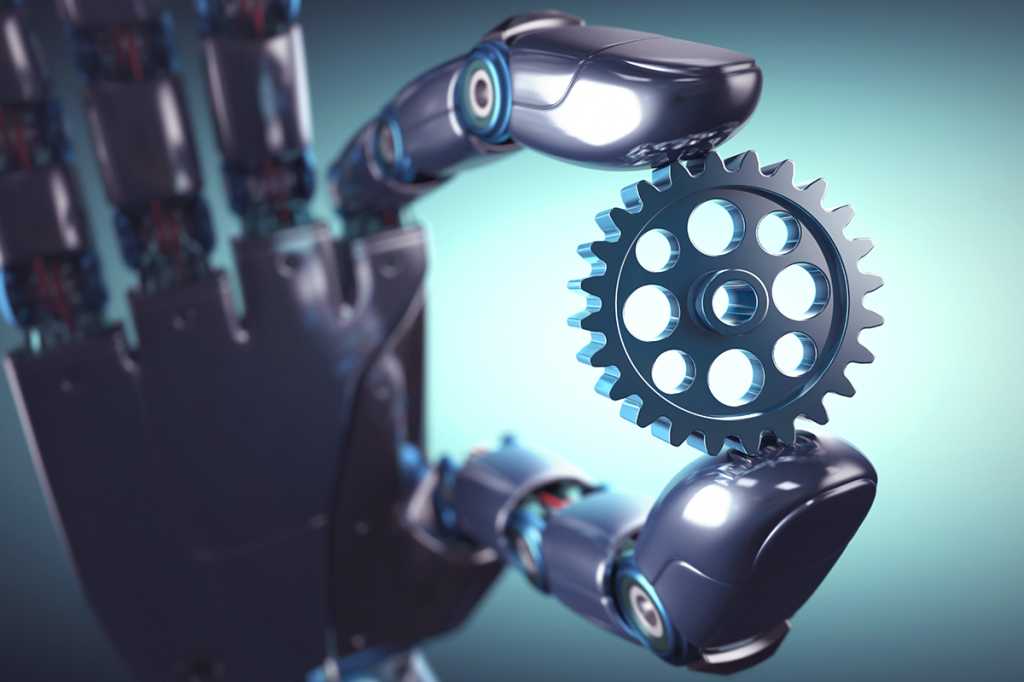Automation continues to reshape the landscape of modern enterprises, driven by substantial investments and increasing adoption rates. A recent study from Stanford reveals that private investment in AI has surged to over $109 billion in the U.S.—a figure that dwarfs China’s $9.3 billion and the UK’s $4.5 billion. Among the innovative subsectors, generative AI has attracted $33.9 billion globally, exhibiting an 18.7% increase since 2023. This financial momentum is reflective of a broader movement, with 78% of organizations deploying AI in 2024 compared to 55% the previous year. While the benefits of automation are widely recognized, employee apprehensions about job displacement create underlying tensions that organizations must navigate as they progress toward digital transformation.
As companies in varied sectors rush to adopt automation technologies, the role of the automation engineer has become increasingly critical. Traditionally associated with manufacturing, automation has recently penetrated areas such as business processes, healthcare, and finance. The fundamental objective of automation engineers is to minimize defects and streamline operations, thereby enhancing the efficacy of product development and service delivery. As organizations strive for efficiency, the demand for skilled professionals capable of managing and overseeing automation initiatives has surged, leading to a reevaluation of the tools and platforms available for automation.
When considering the array of automation tools available, two prominent platforms are Make and Zapier. Both options facilitate workflow automation, but they cater to different user needs and offering orientations. Zapier is known for its user-friendly interface, making it accessible for small to medium-sized businesses with limited technical expertise. It provides a wide array of pre-built integrations with popular software applications, which can significantly reduce initial implementation time and costs. The pricing model of Zapier can scale with business needs, starting from a free tier that enables basic functionalities but quickly escalating to premium plans that can exceed several hundred dollars monthly, depending on the volume of tasks executed.
On the other hand, Make is lauded for its flexibility and capacity for customizability. This platform allows for more complex automation scenarios, appealing to tech-savvy users who seek to build intricate workflows between diverse applications. While this means that Make may involve a steeper learning curve and preliminary setup time, the end result can be significantly more powerful and tailored to specific organizational requirements. In contrast to Zapier, the pricing structure tends to be more budget-friendly at higher volume thresholds, making it a compelling choice for businesses anticipating rapid growth.
When assessing tools like OpenAI and Anthropic, the decision matrix shifts yet again towards different nuances of artificial intelligence capabilities. OpenAI, with its repository of advanced language models, presents robust options for generating text, speech, or even code. Its adaptability may offer substantial ROI for companies seeking to engage customers or streamline content creation processes. However, the costs associated with API requests can be a hindrance for small to medium-sized businesses, particularly those with budgetary constraints. Additionally, the deployment of OpenAI’s models may require technical understanding, making it less approachable for organizations lacking in-house expertise.
Conversely, Anthropic, distinguished by its focus on aligning AI systems with human intent, emphasizes safety and interpretability. This makes it an attractive candidate for industries where ethical considerations are paramount. The additional emphasis on transparency can mitigate some of the risks associated with deploying advanced AI systems. Nevertheless, potential users need to weigh the benefits of these safety features against the trade-offs in performance and adaptability, particularly in fast-paced environments where responsiveness is crucial.
To effectively evaluate the strengths and weaknesses of various automation and AI platforms, organizations must consider key factors such as scalability, costs, ROI, and the alignment with strategic objectives. Businesses poised for growth should opt for platforms that not only meet immediate operational needs but also accommodate future requirements as market conditions evolve. The interplay between user expertise and tool complexity should also be factored in; while powerful tools might yield significant performance improvements, the associated training and implementation times can impact short-term productivity.
In conclusion, automation technologies are indispensable for modern businesses aiming to remain competitive. A thorough analysis of available platforms reveals that there is no one-size-fits-all solution; rather, organizations must align their technological choices with their unique operational landscapes and strategic goals. Decision-makers should proactively consider employee sentiment about automation to mitigate resistance and foster a culture that embraces digital transformation.
FlowMind AI Insight: Embracing automation is not merely a trend but a crucial strategy for evolving businesses. By carefully selecting tools that align with operational goals and employee capabilities, organizations can unlock greater efficiencies and drive sustainable growth amidst a shifting technological landscape.
Original article: Read here
2025-09-25 09:33:00

